November 29, 2016
By: Brad Hunter, HomeAdvisor’s Chief Economist

As mortgage rates increase over the next few years, home improvement activity is likely to increase with them. This may seem counter intuitive, but you can expect two somewhat opposing effects: one highly positive and one slightly negative.
Negative Effect
The negative effect will stem from an expected slowdown in the growth of home sales. When mortgage rates increase, we expect to see slower growth in the volume of homes being bought and sold. As an aside, in the immediate term, there can be an uptick in sales as people who were “on the fence” jump to buy before rates go significantly higher. But that effect does not persist for very long.
We would expect a negative effect on the rate of growth of home improvement spending to accompany a slowdown in sales volume growth. That said, 92 percent of home improvement spending — spending on projects such as kitchen and bathroom remodels — comes from people who are not moving. So, this drag on spending drives only a small fraction of the overall outlook for home improvement growth. And, it will be greatly outweighed by more powerful positive forces like home appreciation, consumer confidence and the sheer age of the housing stock, combined with the tailwind from years of deferred maintenance and improvement during 2008-2012.
Positive Effect
Now for the positive effect. Many people who managed to secure a mortgage with a fixed rate in the 3 to 4 percent range will be somewhat reticent to sell and buy after rates get up near 5 percent. Such a move can have an outsized percentage impact on a homeowner’s monthly payment. Some of those people will decide it’s better to improve their existing homes than lose their low fixed rate. Think of it this way: Going from a 3.5 percent rate to a 5 percent rate means a 16 to 20 percent increase in the total monthly payment (depending upon assumptions regarding taxes and insurance). And that’s just making a lateral move from one $300,000 house to another $300,000 house. The prospect of such a significant monthly payment change may be enough to encourage people who don’t have to move, people considering relocating for a job, for example, to update, improve or even add on to their current homes instead of moving. Not to mention the fact they will also save the costs associated with selling their current homes. Of the two opposing effects, the positive effect—people choosing to stay in current homes as a result of rising mortgage rates—will outweigh the negative effect coming from a lower level of churn.
Looking Forward
The bigger question is this: Will home equity keep rising strongly, or will it slow down? It will certainly slow, partly because higher interest rates translate into lower asset values (including home values), all other factors held constant. My expectation, though, is that home equity will remain a strong-though-slightly-diminished tailwind for home improvement for the next several years. There are a lot of complicating moving parts in this equation, but the outlook for the home improvement industry growth is bright, even (or especially) with the prospect of higher mortgage rates around the corner.
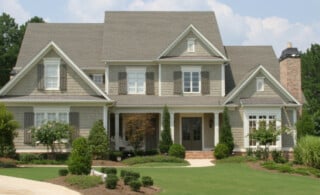 Resources for First-Time Home Buyers
Resources for First-Time Home Buyers 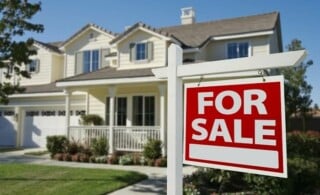 Projects to Boost Your Home’s Resale Value
Projects to Boost Your Home’s Resale Value 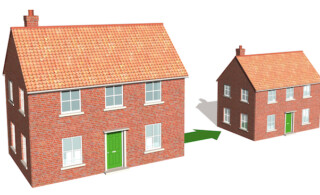 Downsize Your Home; Upgrade Your Lifestyle
Downsize Your Home; Upgrade Your Lifestyle 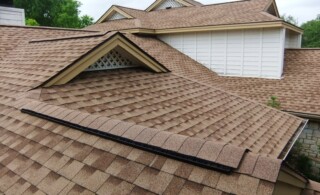 The Third-Quarter HomeAdvisor Report: The Taming of the Resale
The Third-Quarter HomeAdvisor Report: The Taming of the Resale 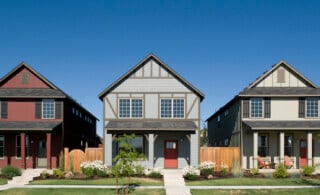 Why Low Housing Inventory Leads to High Home Improvement Spending
Why Low Housing Inventory Leads to High Home Improvement Spending 

Are You Familiar With This Topic? Share Your Experience.